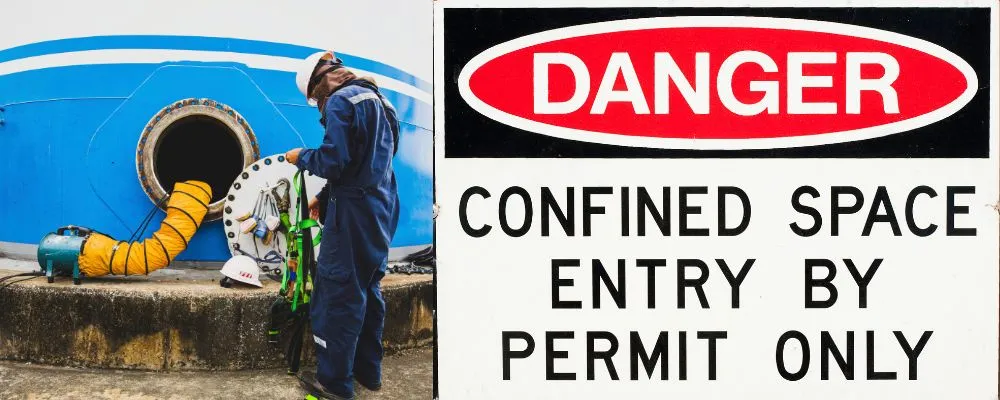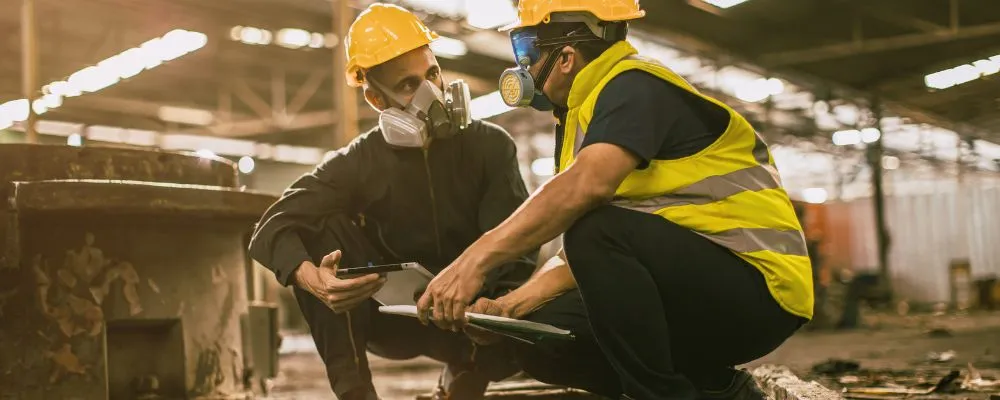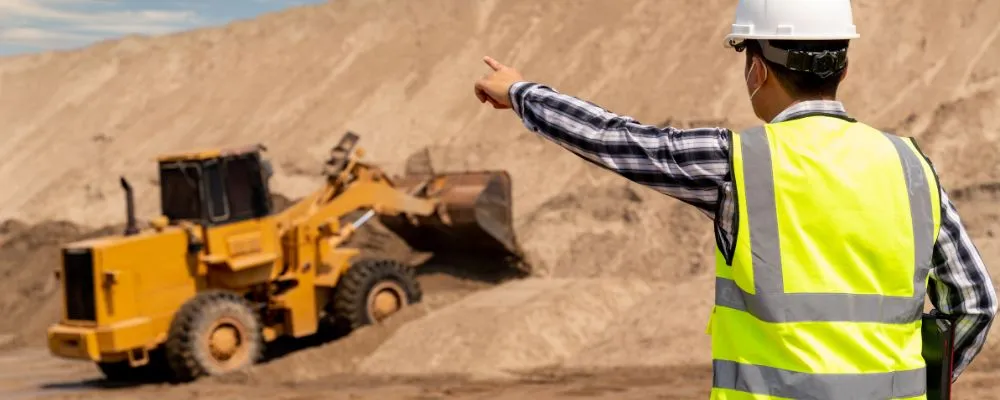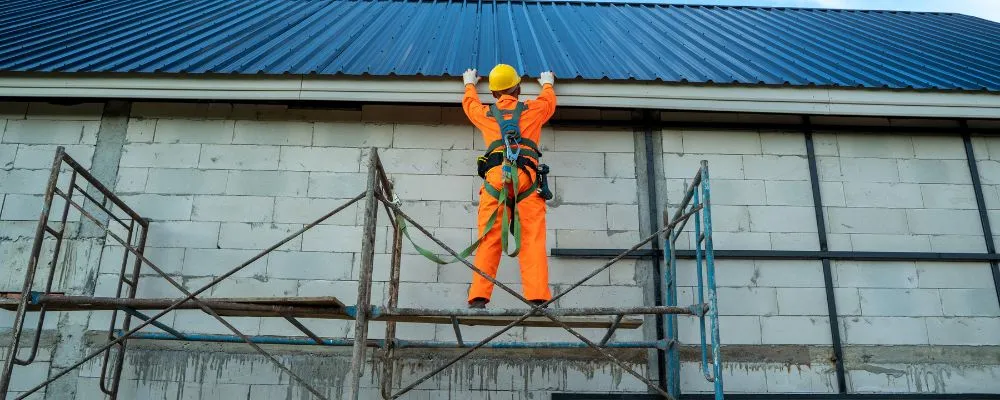In today’s fast-paced world, basic tasks like using a computer or driving a car are second nature to most people. Yet, there’s a stark contrast when it comes to specialized, high-risk work that demands specific expertise. This is where ‘types of permit to work’ play a crucial role. These permits aren’t mere formalities; they are essential in ensuring that tasks are handled by qualified individuals. For example, while an electrician excels in electrical systems, their skills may not translate to mechanical tasks. Similarly, a mechanical engineer’s expertise doesn’t typically extend to chemical processes. Such distinctions underscore the importance of having a robust permit system to guarantee both safety and efficiency in specialized fields.
Delving into the world of these work permits reveals a complex tapestry of skills and regulations. Each of the 11 specific types of permits caters to different specialized tasks, highlighting the diverse nature of skilled work in our modern era. They serve as proof of a worker’s expertise in their respective domain, ensuring that high-risk tasks are executed with precision and safety. Understanding these permits helps us appreciate the intricacies and challenges inherent in various specialized professions, marking a clear delineation between general capabilities and specialized skills.
What is a Permit To Work (PTW)
A work permit or permit to work (PTW) is like a permission slip or a license for your job. It says you are authorized to do specific tasks at work. Different jobs need different permits to ensure the safety of everyone at the workplace.
When you have a work permit, it means you are trained for certain things. Like, if you are an electrician, it shows you know how to work with electricity safely. Or if you are using big machines, there is a permit for that to make sure no one gets hurt while you operate those machines.
These permits are like a guide for what you can and cannot do. They help bosses and workers make sure everything runs smoothly without accidents. So, types of permit to work are like little safety plans for each type of job.
Types of Permit to Work
Since each high-risk and special job has its guidelines and rules, therefore, each one requires a specific work permit or permit to work. Some well-known types of permit to work are explained below.
General Work Permit
A general work permit is a unique permit among the types of permit to work. It is issued to a person who is an all-rounder-type manager. You may have heard the proverb “Jack of all trades, master of none”. Usually, supervisors deal with many different types of skilled workers, so they must have sufficient knowledge about every skill, but they need not be masters in that skill.

Basically, this permit is a way for your workplace to acknowledge that you are good at handling a variety of tasks. It could be using specific tools, helping with projects, or doing various jobs. The permit is like a stamp of approval, showing that you can handle different responsibilities at work.
Hot Work Permit
A Hot Work Permit is essential when it comes to tasks that involve applying heat or using ignition sources on items like tanks, vessels, or pipelines. These items might contain or be surrounded by flammable vapors. The permit, often marked in red or with red edges, serves as an official authorization for activities that carry the risk of igniting flammable substances.

This special permit is not just a piece of paper; it symbolizes the recognition of potential hazards and the need for caution in environments where flammable atmospheres may be present. Whether it’s welding, cutting, or other operations that generate heat, the Hot Work Permit is a safeguard. It ensures that individuals are aware of the risks and are equipped to handle situations where the potential for fire or explosions exists. It stands as a visible reminder of the importance of following safety measures in activities involving heat or ignition sources.
Confined Space Permit
Entering confined spaces, also known as vessel entry, is an important aspect of some workplaces. According to OSHA, these are referred to as permit-required confined spaces. In certain industries, specific equipment and areas fall under the category of confined spaces. While not designed for regular work, these spaces provide access for personnel to perform specific tasks.

Confined spaces can take various forms, such as vessels, tanks, containers, or pits, and they all share a common characteristic of having limited openings. These spaces are not suitable for prolonged work due to their enclosed nature, making them potentially hazardous. Accidents can occur in these areas, underscoring the importance of following safety procedures when personnel need to enter confined spaces to carry out tasks.
In essence, understanding confined space entry is vital in workplaces where these areas exist. It involves recognizing the potential risks, adhering to safety regulations, and ensuring that personnel entering these spaces are adequately trained and equipped for their safety.
Cold Work Permit
A Cold Work Permit is like the green light to operate machinery or perform tasks in manufacturing that don’t involve generating heat. It’s the official go-ahead for activities such as bending, shearing, squeezing, and drawing processes where heat isn’t part of the equation. This permit is essential in workplaces where the tasks require mechanical actions without the need for heat.
To break it down further, imagine it as your special pass for activities that don’t warm things up during manufacturing. Whether it’s shaping materials or using machines in a way that doesn’t involve heat, the Cold Work Permit gives a nod to the fact that you’re authorized to carry out these specific tasks safely. It serves as a documented assurance that you’re good to go for actions that mechanically shape and transform materials without the need for heat in the manufacturing process.
Electrical Work Permit
When we talk about electrical work, it means deliberately dealing with circuits that have electricity. This could involve intentional contact between the worker or their tools and electrically energized circuits. However, it’s essential to note that testing or using testing equipment isn’t automatically classified as electrical work. The exception is when the testing requires intentional contact with electrically energized circuits.

To simplify further, electrical work occurs when you or your tools have to touch circuits with electricity intentionally. On the other hand, testing, in most cases, doesn’t fall under electrical work unless the testing process involves intentionally making contact with circuits carrying an electrical charge. So, the key distinction lies in the deliberate interaction with energized circuits, emphasizing safety precautions and awareness in tasks involving electricity.
Asbestos Work Permit
An Asbestos Work Permit is an official document that allows individuals to engage in activities related to handling, removing, or disturbing materials containing asbestos.
Asbestos, a naturally occurring fibrous mineral valued for its heat-resistant and insulating properties, has been widely used in construction and insulation. However, the inhalation of asbestos fibres poses serious health risks, including conditions like asbestosis, lung cancer, and mesothelioma. Consequently, stringent regulations and safety measures have been established to safeguard the well-being of workers and the general public, aiming to prevent exposure to asbestos fibres.
Chemical Work Permit
Obtaining a Chemical Work Permit is crucial when it comes to working with potentially harmful substances or in environments where the air contains chemicals that can be toxic or corrosive. This official document serves as a formal authorization, permitting individuals to engage in activities involving these hazardous chemical elements. It is particularly relevant for professionals like chemical engineers who predominantly operate in settings such as chemical plants and laboratories, where the proper handling of chemicals is paramount.

This permit plays a significant role beyond mere authorization; it underscores the importance of adhering to safety protocols and guidelines in environments laden with chemical risks. Whether it’s conducting experiments in a laboratory or overseeing processes in a chemical plant, the Chemical Work Permit ensures that individuals are adequately trained and equipped to navigate the potential dangers associated with working in chemically induced atmospheres. In essence, it stands as a testament to the commitment to safety and expertise in dealing with hazardous chemicals.
Crane Work Permit
The Crane Work Permit is a formal measure to ensure that individuals are authorized and equipped to manage these risks safely. A permit for crane work is an official authorization allowing individuals to operate cranes or other lifting machinery.
These types of equipment are frequently employed in industries such as construction, manufacturing, and shipping, where there’s a need to move or position large and heavy loads. The operation of cranes and lifting equipment carries notable risks, including the potential for loads to fall, equipment malfunction, or structural collapse. If not handled correctly, these hazards can result in severe injuries or even fatalities.
Excavation Work Permit
This permit is essential when it comes to authorizing personnel for the mining or excavation of land, allowing them to undertake activities such as building infrastructure, extracting valuable resources, or uncovering hidden artefacts. It is a formal permission that grants individuals the authority to engage in these practices.

Excavation, despite its purposes, poses various risks, including the potential for falls, getting trapped, explosions, and exposure to harmful airborne contaminants. The importance of this permit lies in not only enabling the intended activities but also in ensuring that these actions are conducted safely and in adherence to established regulations.
Special Hazard Work Permit
These special permits are created for specific industries and workplaces, focusing on the unique dangers in each organization. Take a nuclear power station, for example, where the hazards involve nuclear waste and radiation. In such industries, they issue special permits tailored to protect people from these specific risks. These permits ensure that everyone in the workplace is aware of and safeguarded against the particular dangers associated with their job.
In essence, a Special Hazard Work Permit is like a personalized safety plan for each workplace, addressing the specific risks present in that environment. Whether it’s dealing with radiation or other industry-specific hazards, these permits are designed to keep everyone safe and informed about the potential dangers they might encounter.
Working at Height Permit
When it comes to working in elevated spaces, whether it’s on ladders, scaffolds, Mobile Elevated Work Platforms (MEWP), or any other areas off the ground, having a Height Work Permit is crucial. This official authorization allows individuals to perform tasks at heights of 2 meters or more above the ground level. It serves as a necessary safety measure, ensuring that workers are properly trained and equipped to handle tasks in elevated environments.

The Height Work Permit is more than just a piece of paper; it represents the acceptance that individuals have the official go-ahead to work in these elevated conditions. It emphasizes the importance of safety protocols and measures, emphasizing the need for caution and expertise when working at heights. Whether it’s fixing structures, reaching elevated points, or performing maintenance tasks, this permit signifies that the necessary precautions have been taken to mitigate risks associated with elevated workspaces.
Conclusion
Types of permit to work systems are like safety guides used to control risky activities at work. Before starting any task, these systems make sure all safety measures are in place. They also check that workers are trained and know how to do the job safely. There are different types of permit to work for various tasks like confined space permits or crane work permits. Each permit has its own set of rules and safety steps to make sure the work is done safely. Following these requirements is crucial for a safe and successful completion of the job.
